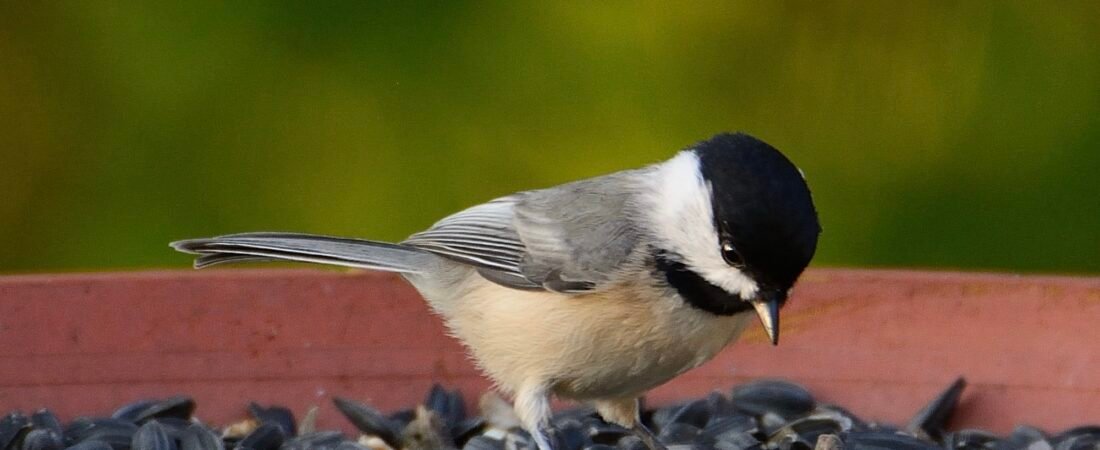Question: Up until recently our feeders have been busy, with birds coming and going all day. Now we see only a few regulars, but not the number we had a couple of weeks ago. What changed?
Response: There are many reasons, but since this question was posed in June, let’s concentrate on potential reasons you see fewer birds in the summer season.
In June, birds visit bird feeders less frequently for several reasons. One, migrating birds have moved on to their breeding grounds, leaving only our resident summer birds in our yards.
Also, there’s an abundance of food in warmer months. The insect world explodes with numerous generations of insects. Insects provide a rich source of fats and proteins, more so than seeds, therefore birds tend to switch their diets from seeds to insects.
Another reason you may see fewer birds results from half of the adult birds spending their time brooding eggs and chicks. Furthermore, to protect their young, birds switch to stealth mode. They stop or slow down their bouts of singing as that announces their locations, not just to potential mates (not necessary when your mate is on eggs), but also to potential predators. For safety reasons, mums the word. Stealth mode also means being very secretive as to their feeding habit. A bird needs to sneak into and out of its nest, so predators don’t catch on that there is a defenseless source of food. They want to be less predictable so the “sit and wait” predators (cats, jays, crows, and some hawks) can’t divine a pattern that leads them to the nest.
By the time you read this, that situation may change. Once those hungry mouths pop open, the adults (often both males and females) go into high energy mode searching for food and carrying it back to those growing bodies. They may be more likely to visit a high fat and energy source such as a suet feeder. Seeds are a little harder to pass on to a young hungry bird. Also, at this time, males may start singing again in hopes of attracting a female who does not have young.
When those young ones pop out of the nest, often as large or larger than their worn out parents, they need a lot of attention. They will, often noisily, demand lots of food until they learn to feed themselves. If you’re lucky, you may see a parent bring their recently fledged young to your yard and feeders. Last year, we watched a song sparrow adult hang around the feeder stuffing the face of a Brown-headed Cowbird young. In this situation, the abundant supply of food made life slightly easier for the Song Sparrow.
During the nesting season, birds aggressively defend territories against birds of their own species. During the non-breeding seasons, many species join mixed species flocks where a number of birds travel together. This provides many eyes to watch for food sources and predators. The breeding season creates a time when many birds do not want to be anywhere near members of their own species. Birds that look for the same nesting spaces, the same foods and the same resources. This results in far spread out individuals.
Let us know what you observe in your yard.
Written by: Bob Mercer
Photo by: Dean Morr

